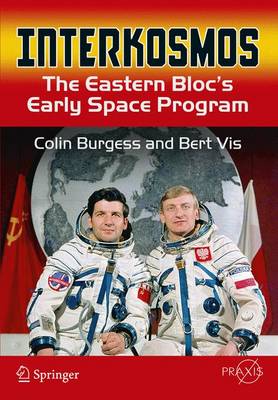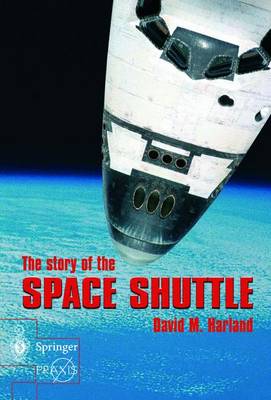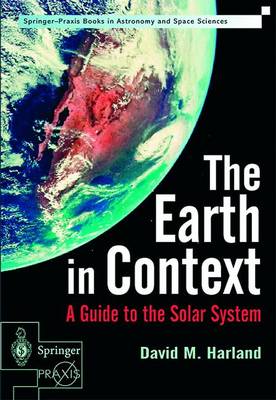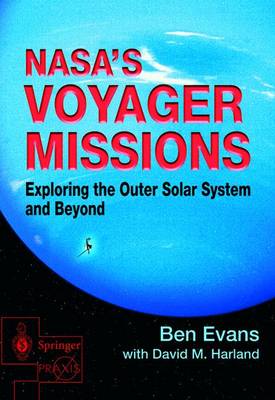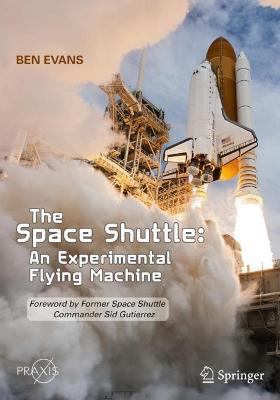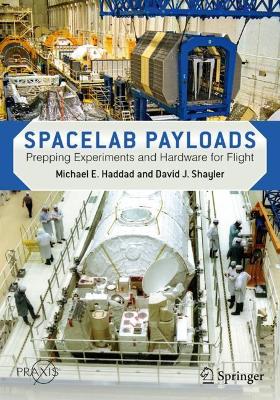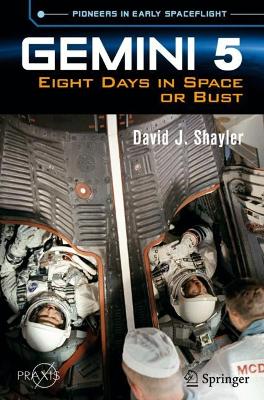Space Exploration
1 primary work • 27 total works
This book focuses on the Interkosmos program, which was formed in 1967, marking a fundamentally new era of cooperation by socialist countries, led by the Soviet Union, in the study and exploration of space. The chapters shed light on the space program that was at that time a prime outlet for the Soviet Union's aims at becoming a world power.
Interkosmos was a highly publicized Russian space program that rapidly became a significant propaganda tool for the Soviet Union in the waning years of communism. Billed as an international “research-cosmonaut” imperative, it was also a high-profile means of displaying solidarity with the nine participating Eastern bloc countries. Those countries contributed pilots who were trained in Moscow for week-long “guest” missions on orbiting Salyut stations. They did a little subsidiary science and were permitted only the most basic mechanical maneuvers.
In this enthralling new book, and following extensive international research, the authors fully explore the background, accomplishments and political legacy of the Interkosmos program. Through personal and often highly revealing interviews with many of the participants they relate the very human story behind this extraordinary but controversial space venture..
This book explains how the achievements of the Space Shuttle, the world’s first reusable manned spacecraft, were built on the foundation of countless technical challenges.
Through thick and thin, the Space Shuttle remained the centerpiece of the American human spaceflight program for three decades. In addition to deploying satellites, planetary probes and, of course, the Hubble Space Telescope, it delivered astronauts to the Mir space station and assembled and sustained the International Space Station. Yet the path to these incredible achievements was never an easy one, with some obstacles resulting in the loss of life and other major consequences that plagued the fleet throughout its operational career.The book adopts a challenge-by-challenge approach, focusing on specific difficulties and how (if at all) they were fully overcome. Going beyond the technical issues, it relates the human stories of each incident and how changes were effected in order to make the shuttle an exceptionally safer – though still experimental – flying machine.
Spacelab was a reusable laboratory facility that was flown on the Space Shuttle from 1983 to 1998. Completing 22 major missions and contributing to many other NASA goals, Spacelab stands as one of the Shuttle program’s most resounding successes.
The system comprised multiple components, including a pressurized laboratory module, unpressurized carrier pallets and other related hardware, all housed in the Shuttle’s Payload Bay and crew compartment. But how did all those varied components actually come together?
The answer is the little-known “Level-IV”, a team of managers and engineers who molded separate elements of hardware into cohesive and safe payloads. Without the dedication and drive of the Level-IV team, the huge successes of the Spacelab missions would not have been achieved. This is their story.
You will learn herein how Level-IV was formed, who was involved, and the accomplishments, setbacks and problems faced along the way, in a story that blends both the professional and personal sides of Level-IV operations and its legacy. Upon reading this book, you will gain a new appreciation for this crucial team and understand what is meant when you hear the term “Level-IV”.
This third book of the Gemini mission series focuses on the flight that simulated in Earth orbit the duration of an eight-day Apollo mission to the Moon. After the proof-of-concept test flights Gemini 1, 2 and 3 (as described in GEMINI FLIES!) and the success of the first American EVA as well as the four-day U.S. mission (GEMINI 4), NASA gained the confidence to gradually increase mission time spent in orbit.
This is the first known book to focus solely on the Gemini 5 mission and its challenges with equipment failures and difficult living conditions. The mission was targeted to double the endurance of the previous one, and as such was an integral stepping stone for an even more audacious mission four months later.
Attempting the eight- and then fourteen-day durations would be an opportunity for America to gain the lead in space exploration over the Soviets. This mission pioneered the duration of a flight to the Moon and back three years before Apollo 8 made that journey, without a lunar landing, for the first time.